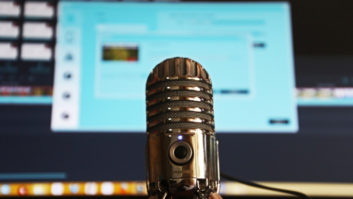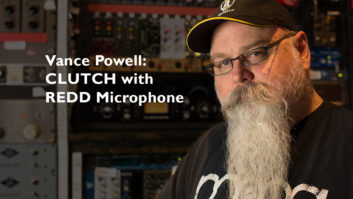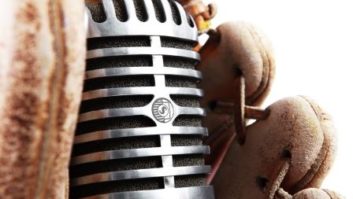Mark McDonald is a former international BBC News producer, now a coach and consultant in public and organizational communications and media training skills, offering group workshops and personal coaching. More at www.BirkdaleMedia.com. He will offer tips regularly at www.radioworld.com.
It’s springtime in Silver Spring, Md., and I’m recording an audio interview outdoors near a park. Apart from the sounds of the birds, and the occasional distant aircraft, there’s a strange whirring noise from the trees. It’s the emergence of the Cicadas — and boy does it sound strange. Nature-watchers say it is “Brood X,” which emerges every 17 years. Other “broods” emerge every 13 years.
Most every sound recording professional will one day have that stomach-turning experience of coming back from location to edit video or audio, and discover a strange noise they didn’t hear at the time running through the recording.
It is easy to miss ambient sound if you’re focusing on the task ahead, especially if you are recording video as well as audio, and you’re tinkering with the picture quality as well as the sound.
If it’s a sound easily understandable to the audience, it’s probably fine. But an unusual sound is distracting, often ruinous to your recording. Sometimes these can be explained in commentary: “The sound you hear is a helicopter landing in the distance as I’m joined by Joe Jones to talk about …” But sometimes not. There’s a reason why theater producers use “Foley.” To the human ear, a pair of coconuts sound more like a trotting horse than a real trotting horse does!
Before you start recording, ask everyone present to stay silent for at least 20 seconds. If you are recording indoors, listen for noise from the air conditioning, buzzing overhead lights, electrical appliances, even your own equipment and connections. Outdoors, pay attention to unusual sounds which might be normal in the neighborhood but are unfamiliar to your audience. If you can listen through headphones, so much the better.
Make sound your friend, not your enemy, by paying close attention to it before you begin. A microphone is not distracted, does not have attention-deficit, and is not under the performance pressure you are under. A microphone hears everything.











